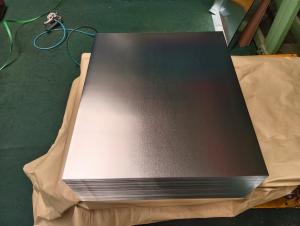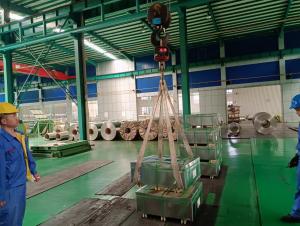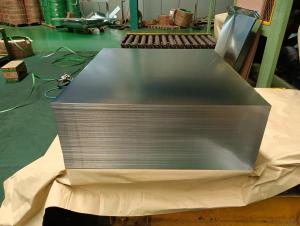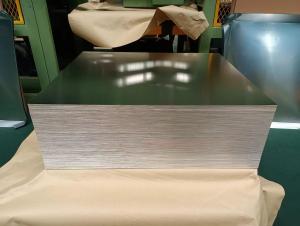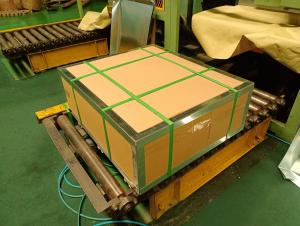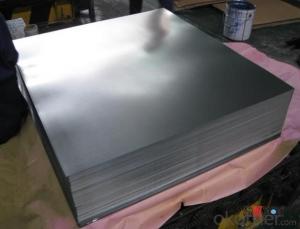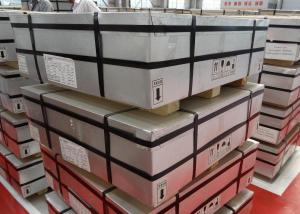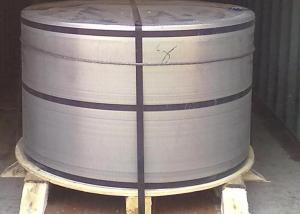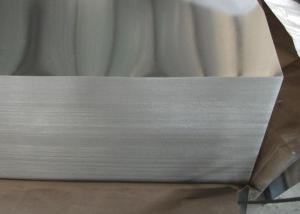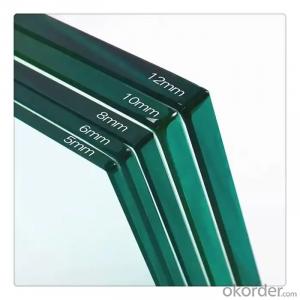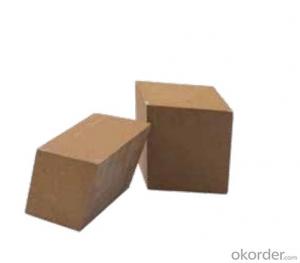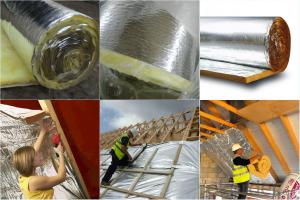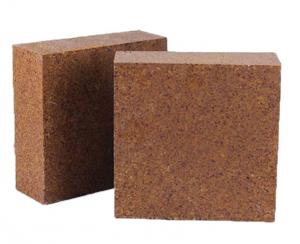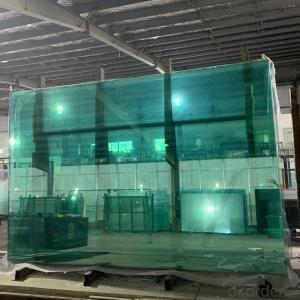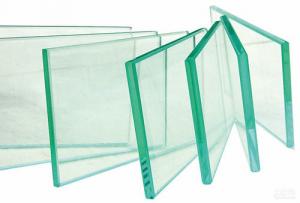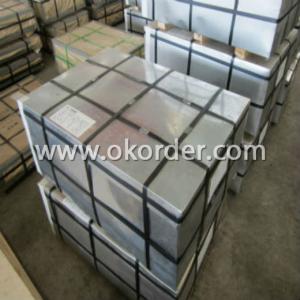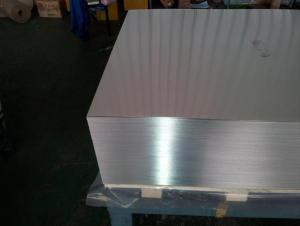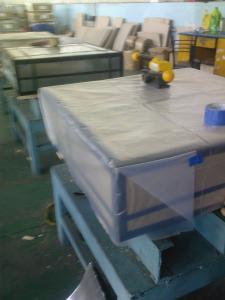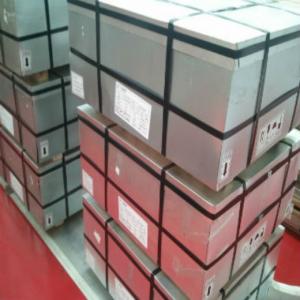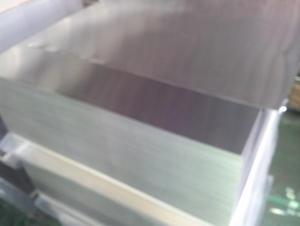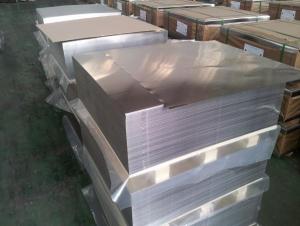Tinplate Sheets Prime Electrolytic Tinplate
- Loading Port:
- China main port
- Payment Terms:
- TT or LC
- Min Order Qty:
- 25 m.t.
- Supply Capability:
- 20000 m.t./month
OKorder Service Pledge
OKorder Financial Service
You Might Also Like
Item specifice
Product Description:
1.Structure of Tinplate Description
Electrolytic Tin Plate Coils and Sheets for Foods Metal Packaging, is one thin steel sheet with a coating of tin applied by electrolytic deposition. Tinplate made by this process is essentially a sandwich in which the central core is strip steel. This core is cleaned in a pickling solution and then fed through tanks containing electrolyte, where tin is deposited on both sides. As the strip passes between high-frequency electric induction coils, it is heated so that the tin coating melts and flows to form a lustrous coat.
2.Main Features of the Tinplate
Appearance – Electrolytic Tin Plate is characterized by its beautiful metallic luster. Products with various kinds of surface roughness are produced by selecting the surface finish of the substrate steel sheet.
Paintability and printability – Electrolytic Tin Plates have excellent paintability and printability. Printing is beautifully finished using various lacquers and inks.
Formability and strength – Electrolytic Tin Plates have got very good formability and strength. By selecting a proper temper grade, appropriate formability is obtained for different applications as well as the required strength after forming.
Corrosion resistance – Tinplate has got good corrosion resistance. By selecting a proper coating weight, appropriate corrosion resistance is obtained against container contents. Coated items should meet 24 hour 5 % salt spray requirement.
Solderability and weldability – Electrolytic Tin Plates can be joined both by soldering or welding. These properties of tinplate are used for making various types of cans.
Hygienic – Tin coating provides good and non toxic barrier properties to protect food products from impurities, bacteria, moisture, light and odours.
Safe – Tinplate being low weight and high strength makes food cans easy to ship and transport.
Eco friendly – Tinplate offers 100 % recyclability.
Tin is not good for low temperature applications since it changes structure and loses adhesion when exposed to temperatures below – 40 deg C.
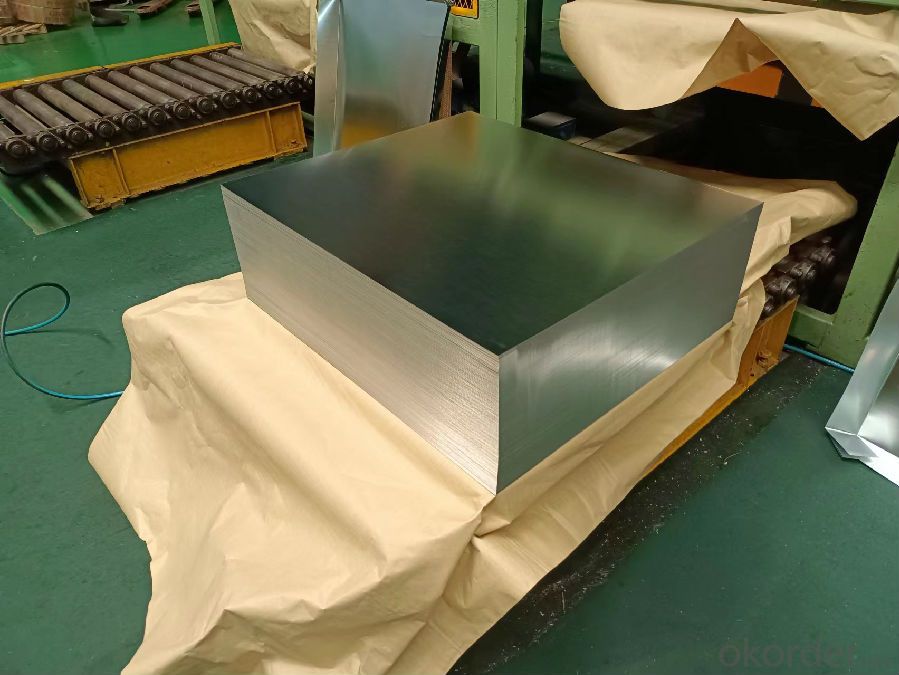
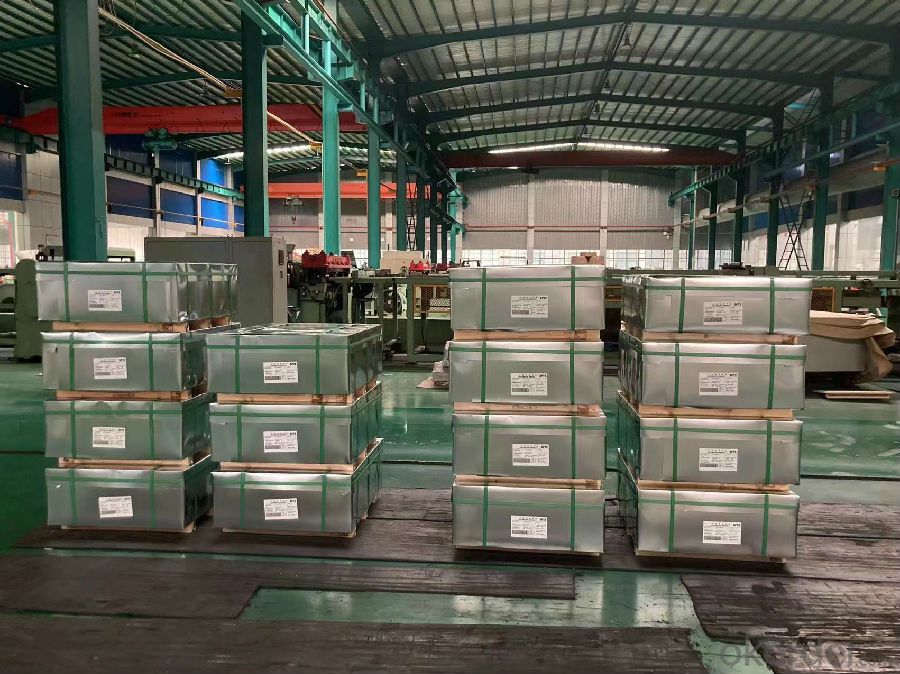
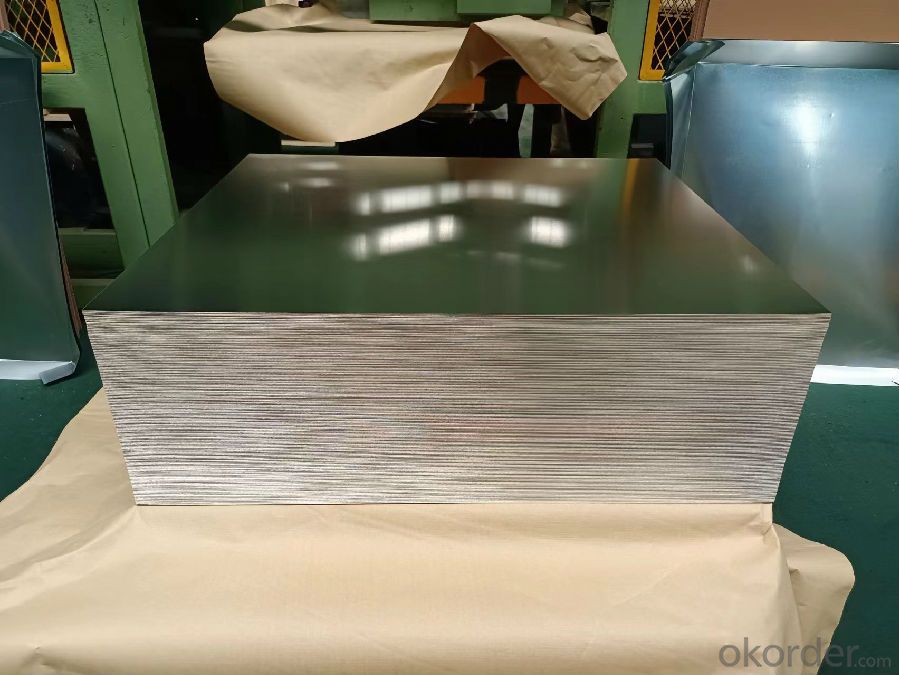
- Q:How does tinplate compare to aluminum packaging?
- Tinplate and aluminum packaging have their own distinct advantages and disadvantages. Tinplate is known for its superior strength and durability, making it ideal for preserving the contents of cans. It is also corrosion-resistant, providing a longer shelf life for canned products. On the other hand, aluminum packaging offers excellent lightweight properties, making it more convenient for transportation and reducing shipping costs. Additionally, aluminum is a better barrier to moisture, light, and oxygen, ensuring better product protection. Ultimately, the choice between tinplate and aluminum packaging depends on the specific needs and requirements of the product being packaged.
- Q:Cookies with tinplate packaging has what advantage
- Tinplate has obvious superiority compared with other packaging materials.
- Q:Can tinplate be used for cooking utensils?
- No, tinplate is not suitable for cooking utensils as it can react with certain acidic foods and can be easily scratched or damaged during cooking processes.
- Q:Can tinplate be used for military applications?
- Yes, tinplate can be used for military applications. Its durability and corrosion resistance make it suitable for various military equipment and components such as ammunition boxes, fuel cans, and armor plating. Additionally, its ability to withstand extreme temperatures and provide electromagnetic shielding further enhances its utility in military applications.
- Q:How does tinplate contribute to the reliability of telecommunications devices?
- Tinplate contributes to the reliability of telecommunications devices by providing a protective coating that prevents corrosion and ensures longevity. It helps safeguard the internal components of these devices from external factors such as moisture, humidity, and oxidation, ensuring uninterrupted functionality and improved performance. Additionally, tinplate's conductivity properties enable efficient transmission of signals and reduce electromagnetic interference, further enhancing the reliability of telecommunications devices.
- Q:Can tinplate be used for HVAC systems?
- Yes, tinplate can be used for HVAC systems. Tinplate is a durable and corrosion-resistant material that is commonly used in the construction of air ducts and HVAC components. It provides excellent protection against moisture and maintains the integrity of the system, making it a suitable choice for HVAC applications.
- Q:What are the main applications of tinplate in the textile industry?
- Tinplate is commonly used in the textile industry for various applications such as packaging, labeling, and decorative elements. It is often used to create tinplate cans or containers for storing textile products, ensuring their protection and preservation. Tinplate is also utilized in labeling and branding, providing a durable and attractive surface for printed information. Additionally, tinplate can be formed into decorative elements like buttons or fasteners, adding aesthetic value to textile products.
- Q:How does tinplate packaging contribute to product reusability?
- Tinplate packaging contributes to product reusability by providing a durable and long-lasting solution. It can be easily cleaned and reused multiple times, reducing the need for single-use packaging. Additionally, tinplate packaging can protect the product from external factors, such as light, moisture, and air, which helps extend its shelf life, further enhancing reusability.
- Q:How does tinplate compare to aluminum packaging in terms of cost?
- Tinplate packaging is generally more cost-effective compared to aluminum packaging. Tinplate is known for its lower production and raw material costs, making it a more affordable option for packaging. On the other hand, aluminum packaging tends to be more expensive due to the higher cost of aluminum as a raw material and its energy-intensive production process. Therefore, when considering cost, tinplate is often a more economical choice for packaging solutions.
- Q:How is tinplate manufactured?
- Tinplate is manufactured through a process called electroplating, where a thin layer of tin is deposited onto a steel sheet. The steel sheet is first cleaned and then passed through an electrolyte bath containing tin salts. Electric current is then applied to the bath, causing the tin ions to be attracted to the steel sheet and form a uniform coating. This tin coating provides corrosion resistance and enhances the appearance of the steel sheet, making it suitable for various applications such as food cans and packaging materials.
1. Manufacturer Overview |
|
|---|---|
| Location | |
| Year Established | |
| Annual Output Value | |
| Main Markets | |
| Company Certifications | |
2. Manufacturer Certificates |
|
|---|---|
| a) Certification Name | |
| Range | |
| Reference | |
| Validity Period | |
3. Manufacturer Capability |
|
|---|---|
| a)Trade Capacity | |
| Nearest Port | |
| Export Percentage | |
| No.of Employees in Trade Department | |
| Language Spoken: | |
| b)Factory Information | |
| Factory Size: | |
| No. of Production Lines | |
| Contract Manufacturing | |
| Product Price Range | |
Send your message to us
Tinplate Sheets Prime Electrolytic Tinplate
- Loading Port:
- China main port
- Payment Terms:
- TT or LC
- Min Order Qty:
- 25 m.t.
- Supply Capability:
- 20000 m.t./month
OKorder Service Pledge
OKorder Financial Service
Similar products
New products
Hot products
Hot Searches
Related keywords
